
Advanced Materials
Materials are increasingly finding diverse applications in sustainability and energy, electronics, biomedicine, infrastructure, fundamental research, and more. The advancement of these smart materials and nanomaterials have given a novel level of flexibility to these wide-ranging applications, for more controlled fine-tuning of properties. The ability to tailor and customize materials to fit specifically desired properties is indispensable in an age of technological precision. From fundamental research such as wave functional materials that could theoretically conceal objects, to nanotechnology in electronics, energy storage and biomaterials, to smart material applications in infrastructure, HKUST engages in advanced materials research from 360 degrees.
Key Research Areas

Artificially designed materials that can manipulate light and sound at will to conceal objects or absorb sound are at the forefront of advanced materials research. HKUST experts have been developing these photonic/phononic crystals for the past two decades, to realize novel physical phenomena.
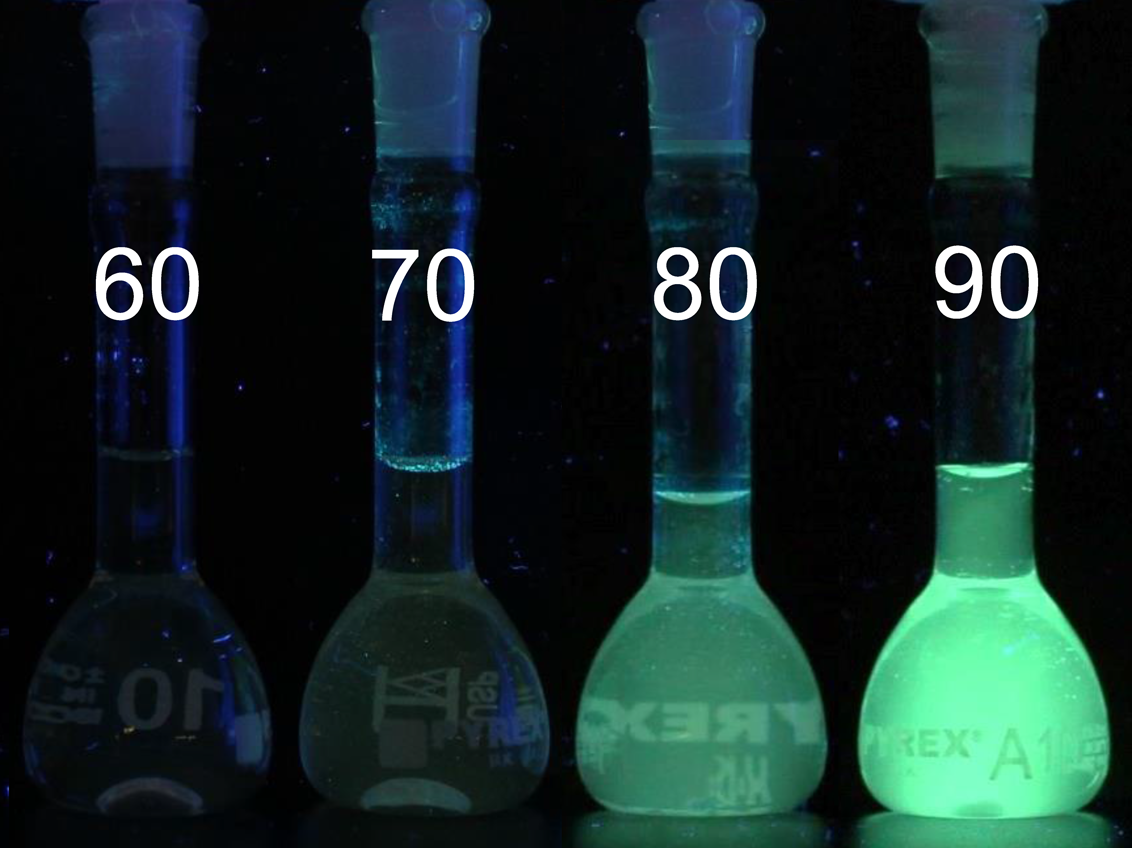
An abnormal luminescent phenomenon observed with certain organic molecules when aggregated, aggregation-induced emission has a spectrum of applications as biological sensors, chemical probes, optoelectronic devices and more. HKUST researchers not only discovered this phenomenon but are continuously working to uncover the many uses of this peculiar effect.
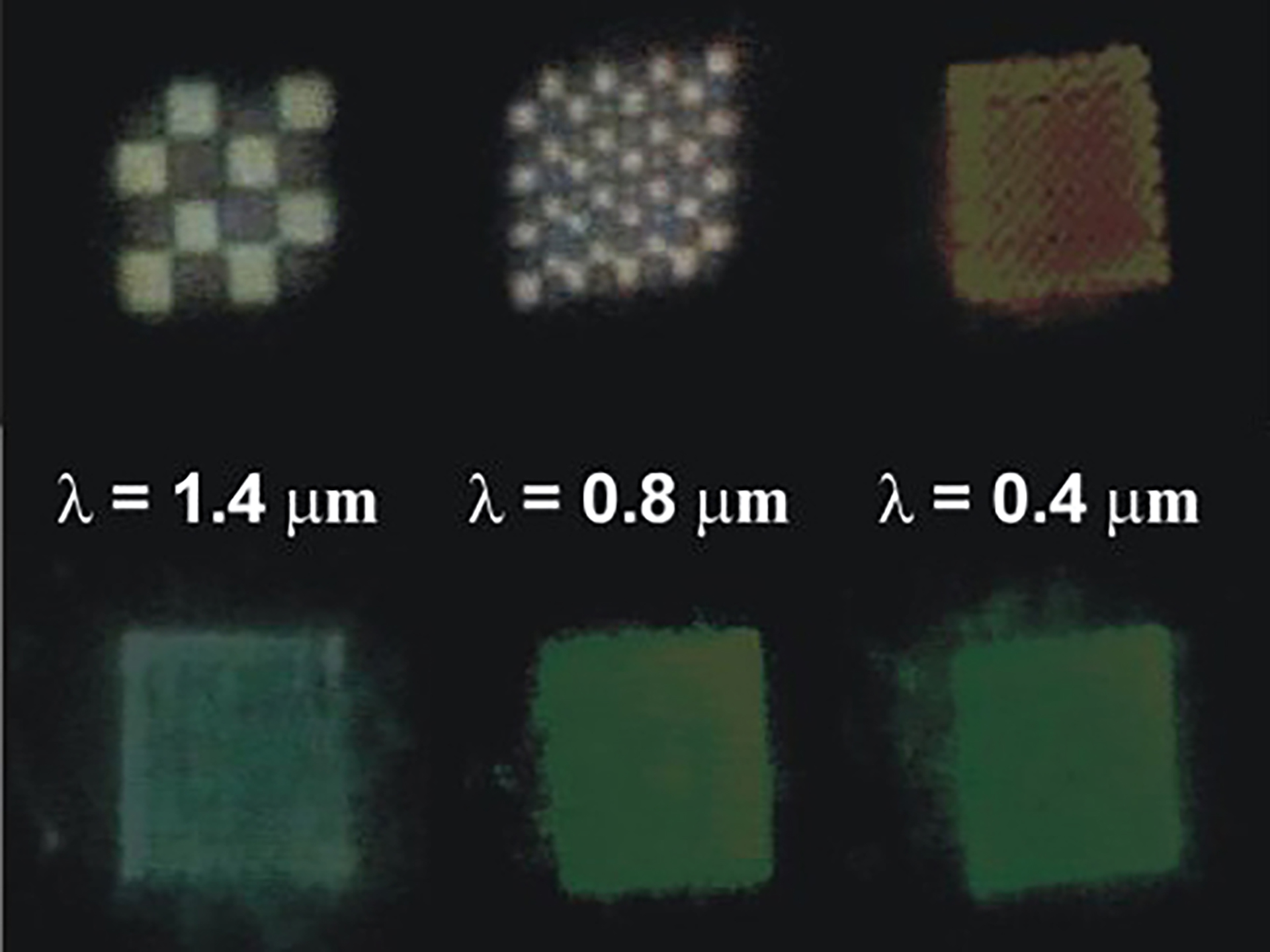
Liquids, colloids, polymers, foams, gels and many types of biomaterials are all examples of soft materials. They exhibit interesting microstructures and phase behaviors and their commercial applications are extensive. This broad area of study is particularly important because it involves the technologies behind everyday products such as shampoos and paints, but also high-technology drug delivery.
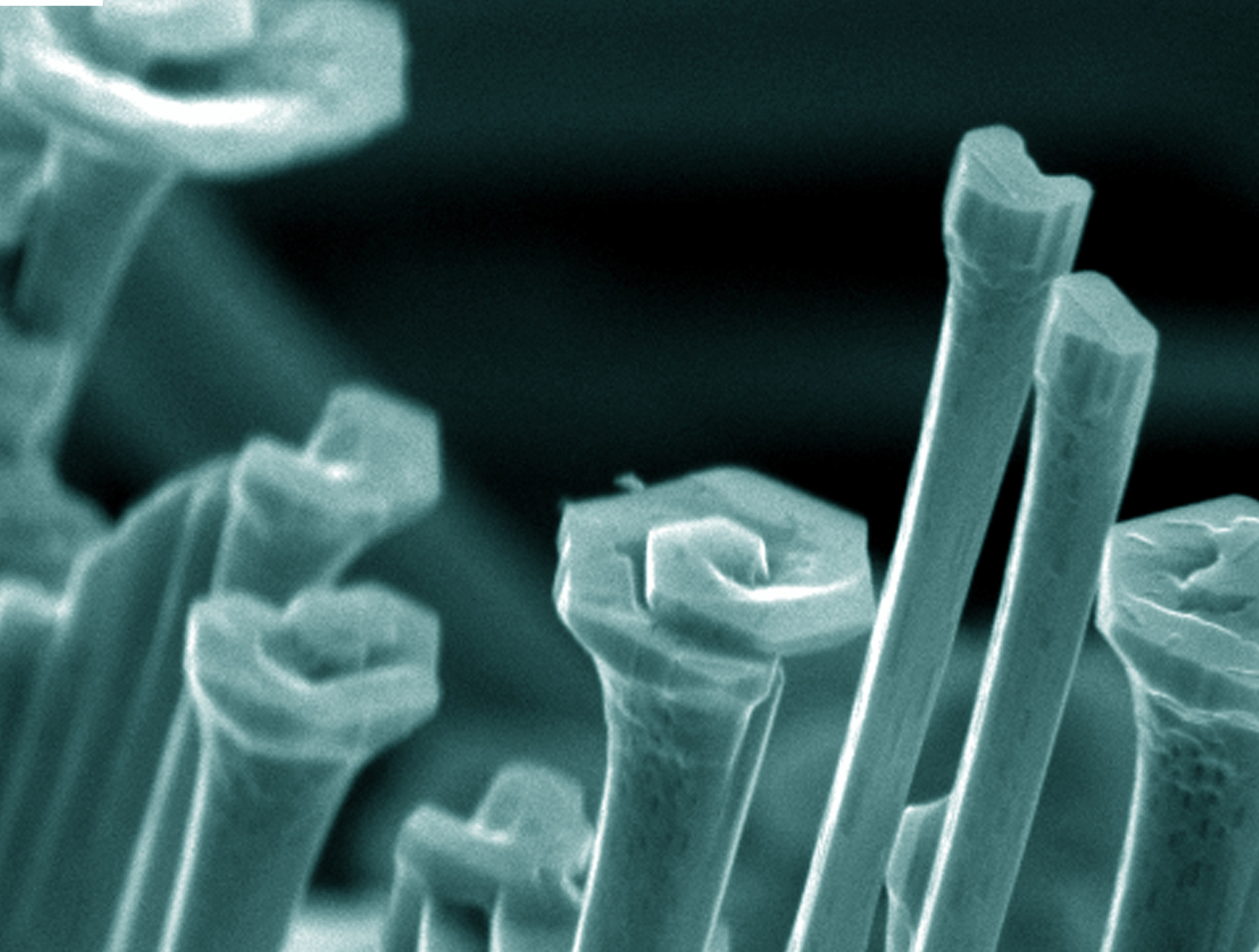
HKUST researchers are relentlessly working on graphene and other 2D materials for their desirable performance in electrical, optical, chemical and thermal devices. In addition to uses in electronic devices, these nanomaterials have a large spectrum of applications in energy storage, biosensing, aerogels, foams and woven fabrics.

Researchers at HKUST have made significant advances in display technologies over the years. It is home to the Father of OLEDs as well as the State Key Laboratory of Advanced Displays and Optoelectronics Technologies. The University has also made seminal advancement in photonics technology in applications of LEDs, and solar energy storage.
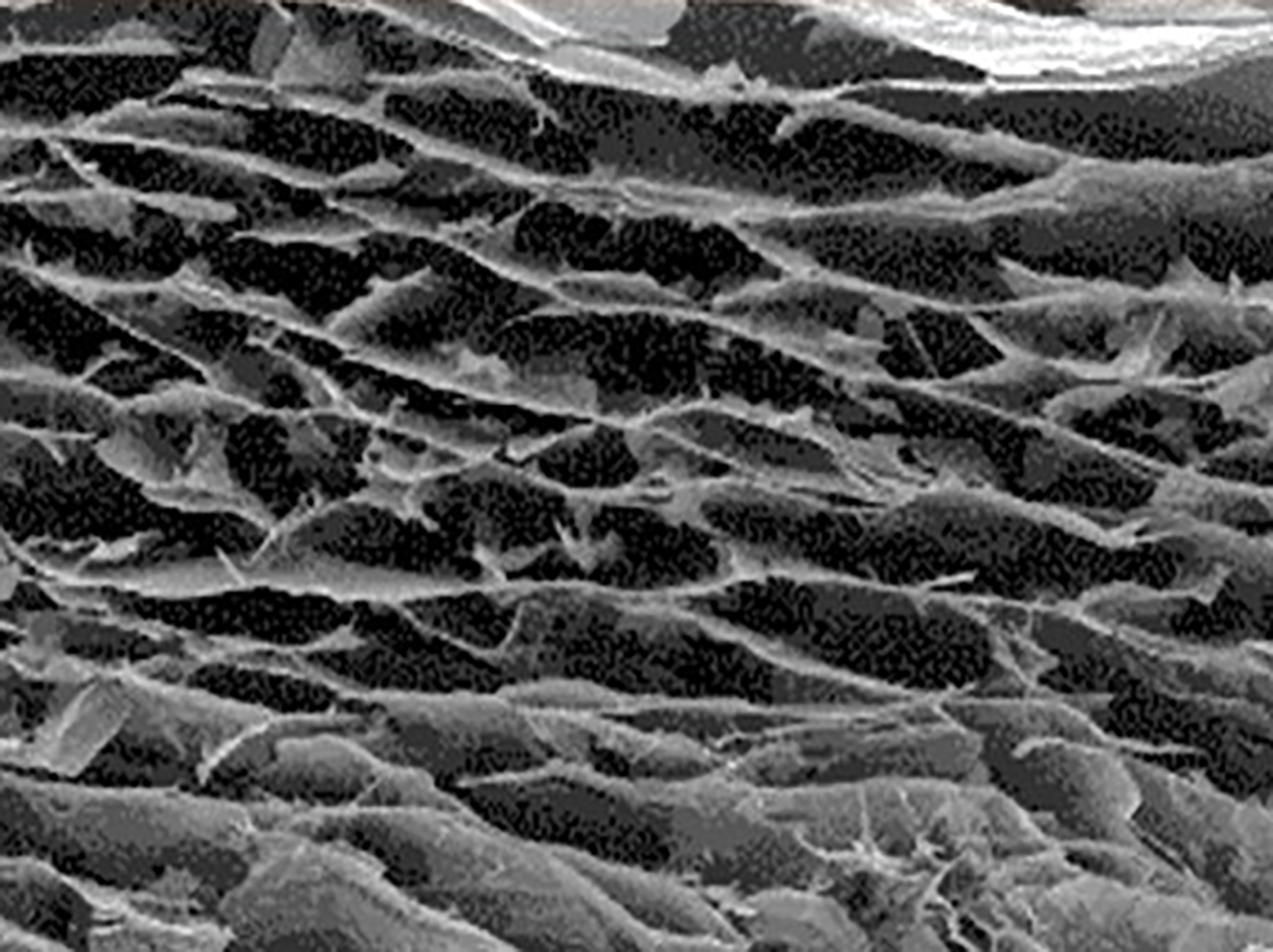
Advanced composite materials allow tunable properties for very specific purposes. Study into this area opens the doors to a plethora of applications in different industries. Experts at HKUST are looking into composite graphene nanocomposites for energy storage applications as well as composite mechanics from cementitious materials with strain-hardening behavior.
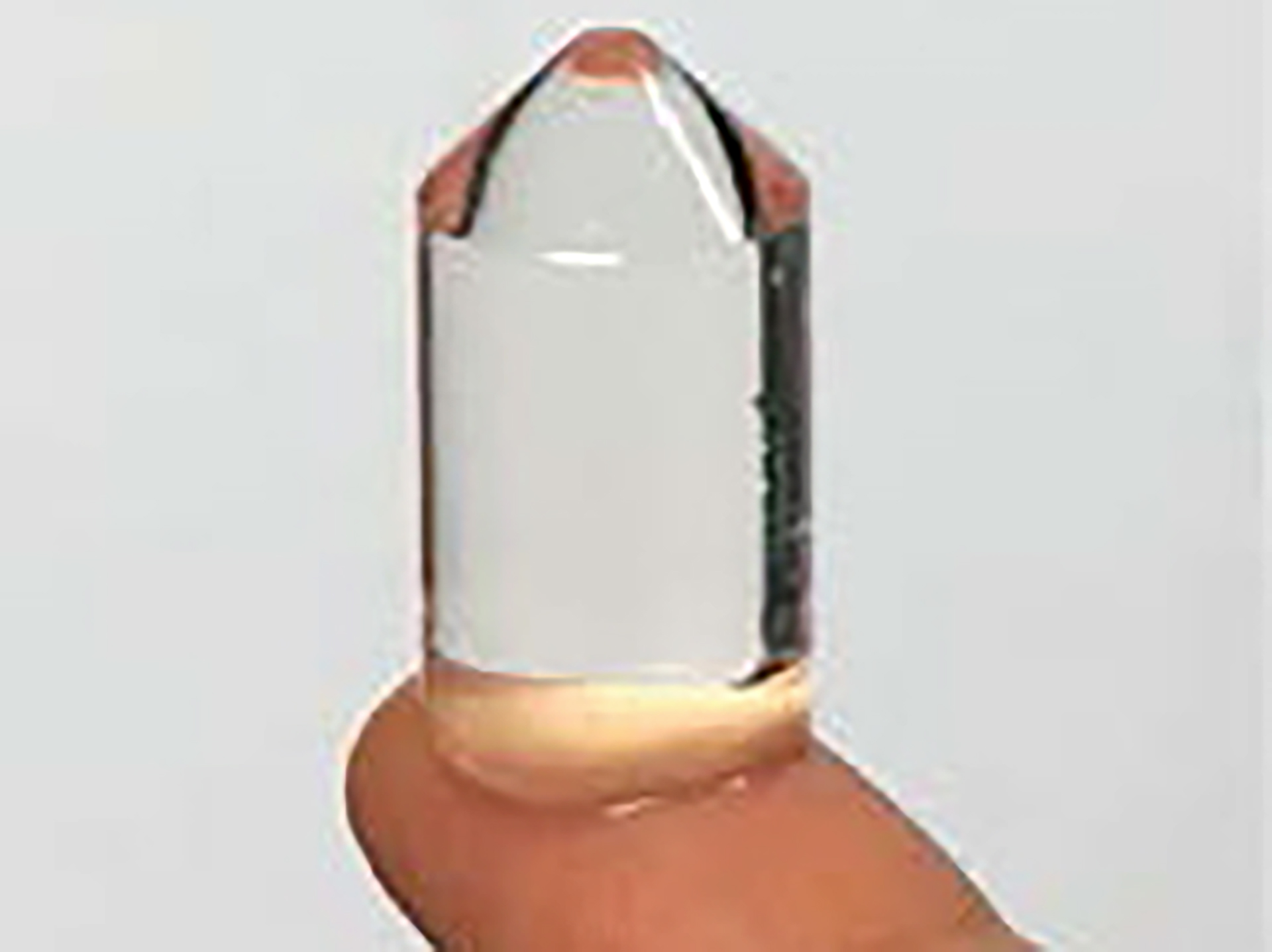
Drug delivery and nanomedicine rely on the use of advanced biomaterials. At HKUST, scientists are using peptides and polymers as building blocks to assemble nano-sized drug and gene carriers, engineering protein release from in situ hydrogels for ocular drug delivery, and synthesizing new materials through genetically engineering protein molecules into functional macroscopic materials for regenerative medicine and other applications.
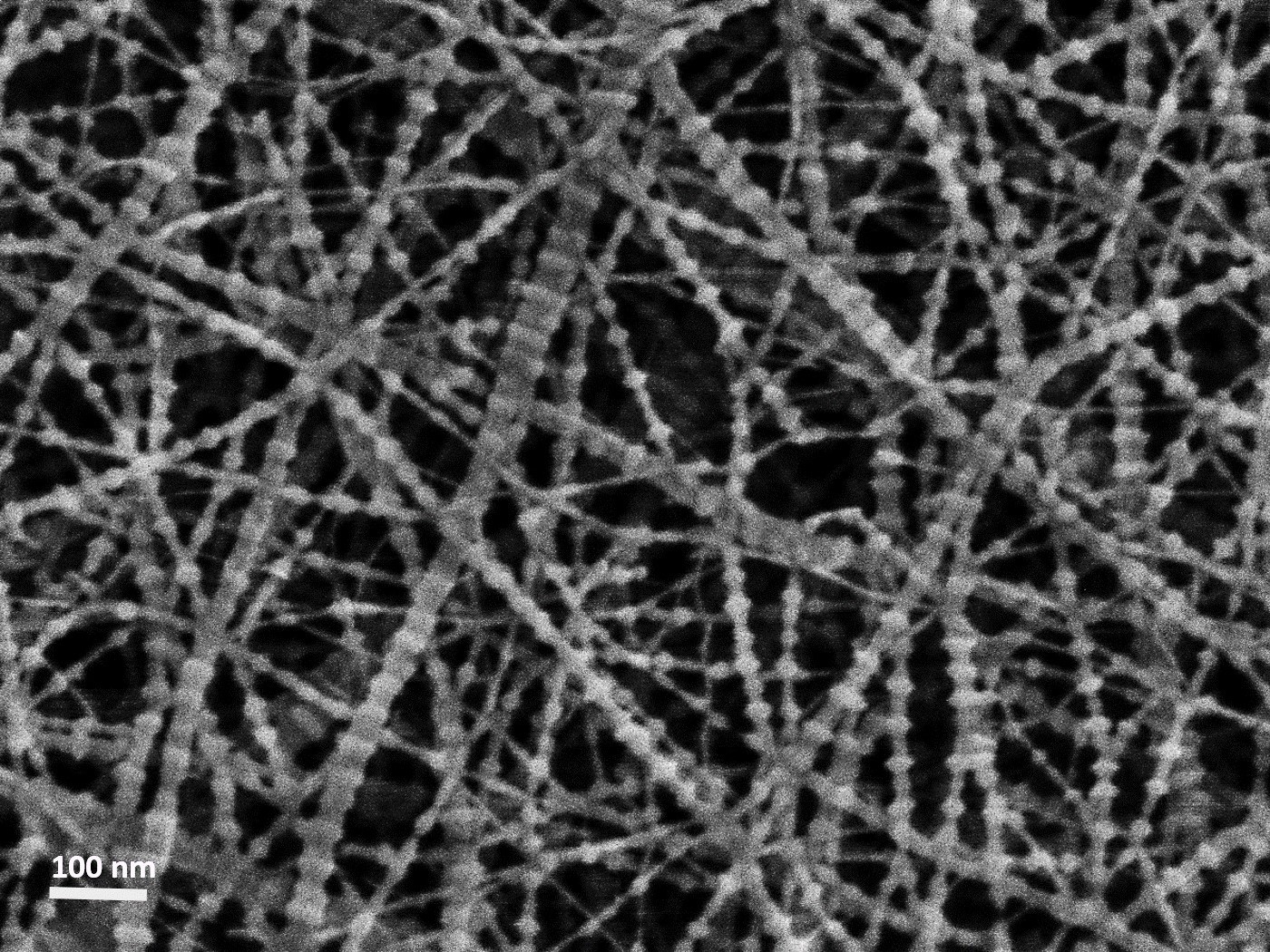
Polymers are low density materials that can theoretically exhibit stiffness approaching that of steel. Development of synthetic polymers has led to revolutionary technologies for mankind and are widely used in airplanes, ships, and bullet-proof vests, wearable devices and implants, etc. HKUST’s polymer research focuses on the manipulation of chain structure arrangement in the condensed state. We claim first in developing the world’s toughest bullet-proof fibers and the first free-standing, self-supporting porous polymer nanofilm that is stronger than steel. The latter has a myriad of applications in environment, energy and biomedicine.
Research Highlights
Related Research Units / Programs
- State Key Laboratory of Advanced Displays and Optoelectronics Technologies
- William Mong Institute of Nano Science and Technology
- Center for Display Research
- Photonics Technology Center
- Materials Characterization & Preparation Facility
- Materials, Design & Manufacturing Facility
- Nanosystem Fabrication Facility


